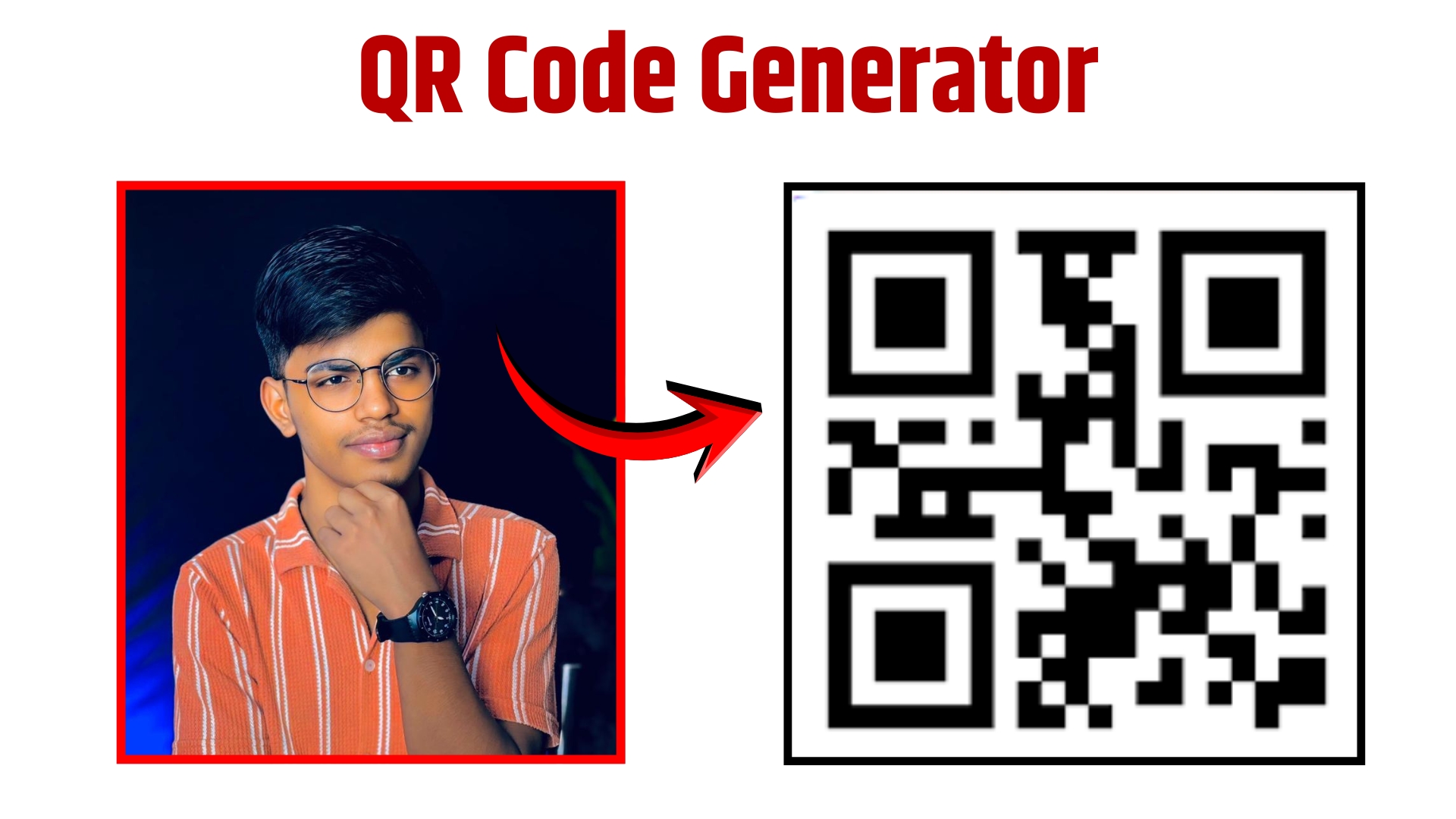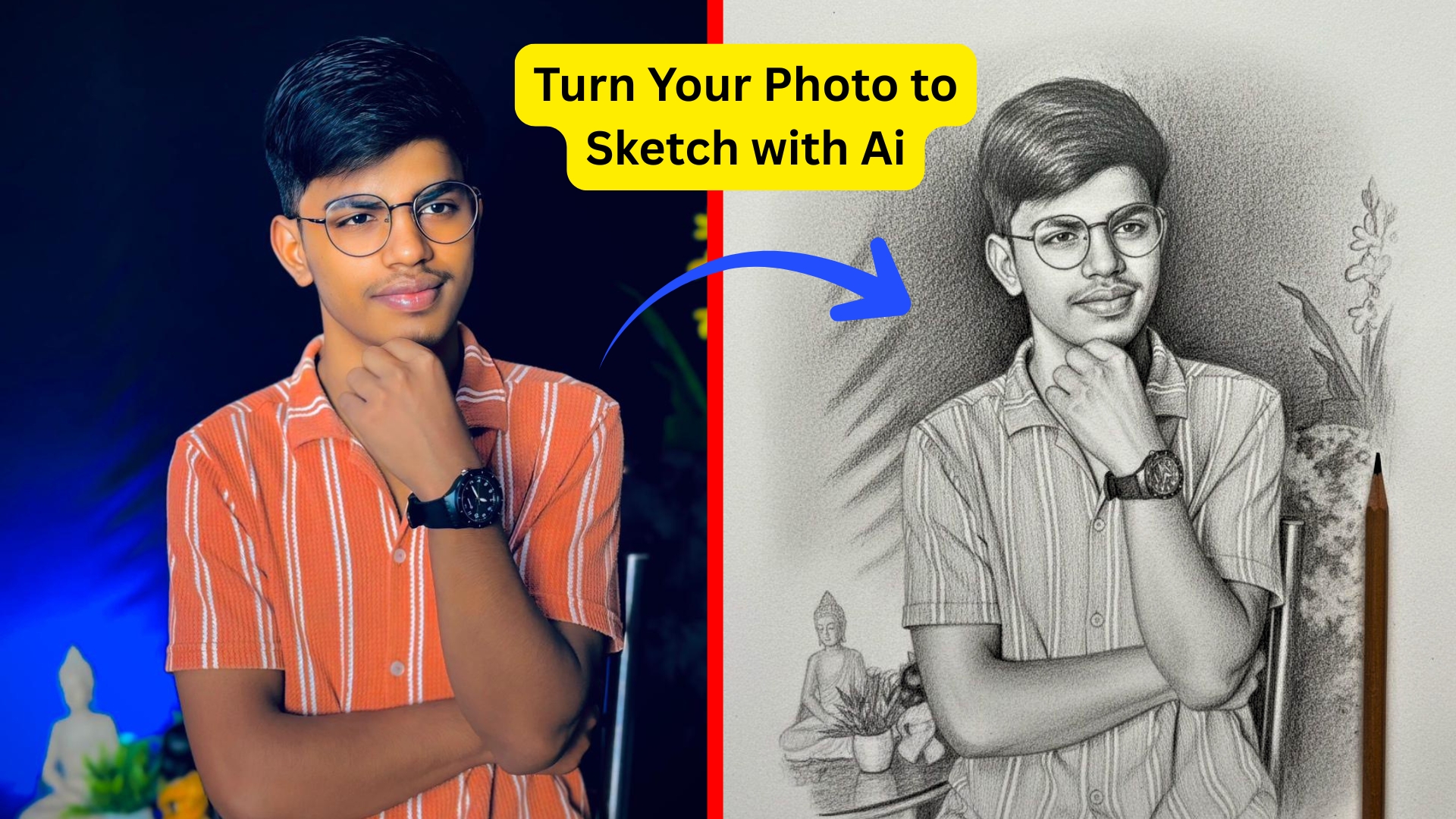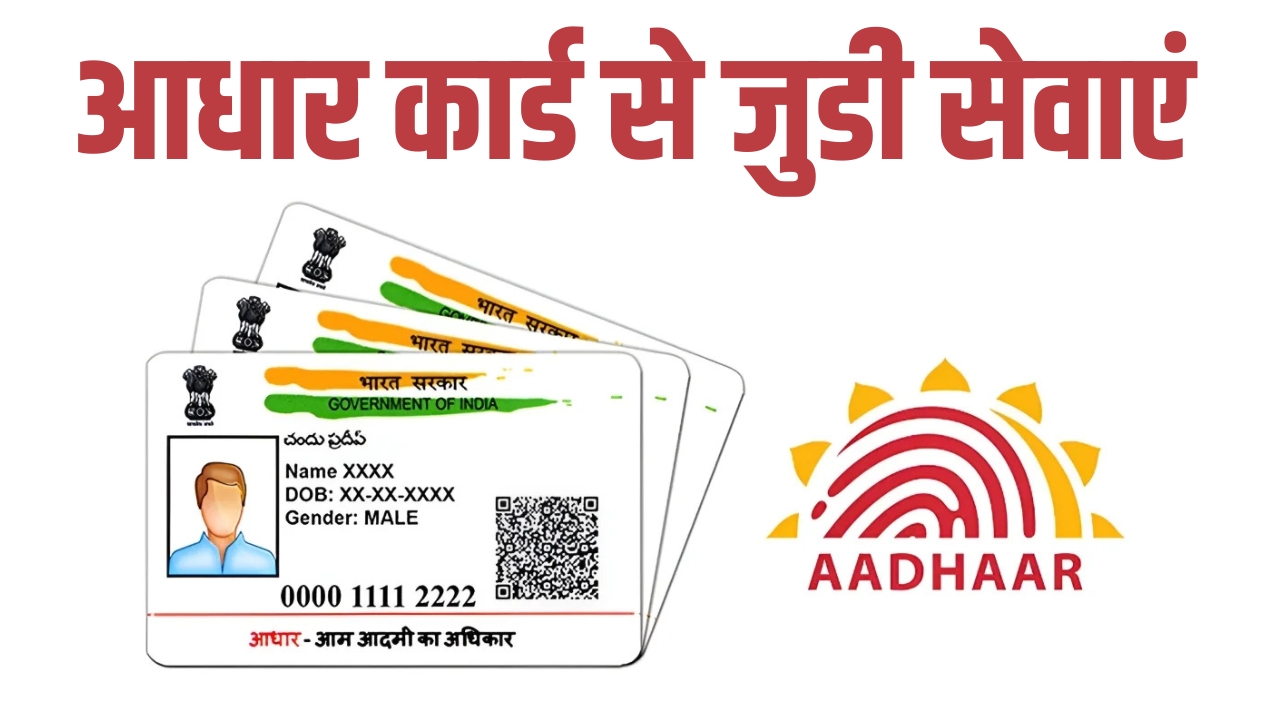
Beyond the Text: How Google Gemini is Learning to “See” and Reshape Our World
For decades, our interaction with artificial intelligence has been largely conversational. We type a question, and we get a text-based answer. But the real world isn’t built on text alone; it’s a vibrant, complex tapestry of visual information. Google’s Gemini AI represents a fundamental shift, breaking down this barrier by not just understanding images, but by reasoning with them. We are moving from an AI that talks to an AI that sees.
This isn’t just an incremental upgrade; it’s a leap into a new paradigm of human-computer interaction. Let’s explore how Gemini’s multimodal “sight” is set to revolutionize everything from your daily chores to global industries.
What Does It Mean for an AI to “See”?
Before Gemini, most AI models that handled images and text did so through a complex, multi-step process. You’d upload a picture, the AI would analyze it, and then a separate language model would describe it. It was efficient, but clunky.
Gemini is natively multimodal. Think of it not as a brain that has learned to interpret signals from eyes, but as a brain that was born with eyes already integrated. From its very foundation, it was trained on text, code, audio, and images simultaneously. This allows it to understand the context and relationship between different types of information in a way that feels startlingly human.
For example, you can show Gemini a photo of a bicycle with a flat tire and a toolkit lying nearby and ask, “Can this be fixed with what’s here?” A older AI might simply identify the objects. Gemini can reason about the problem, recognize the tools, and infer a solution.
The Game-Changing Applications: From Your Kitchen to the Cosmos
The practical applications of this technology are boundless. Here’s how Gemini’s image understanding is moving from lab demo to real-world tool:
1. The Ultimate Personal Assistant: A Context-Aware Companion
Imagine pointing your phone camera at your fridge’s contents and asking, “What can I make for dinner in under 30 minutes?” Gemini wouldn’t just identify the chicken, peppers, and rice; it would cross-reference them with recipes, understand quantities, and provide a step-by-step guide. It’s a proactive assistant that understands the context of your immediate environment.
2. Revolutionizing Education and Research
For a student, a picture of a complex biological diagram becomes an interactive lesson. Gemini can explain the parts, processes, and even quiz the student based on the visual. For a researcher, it can analyze thousands of satellite images to track deforestation, urban sprawl, or the effects of climate change, identifying patterns invisible to the human eye.
3. Unlocking the Past and the Microscopic
Museums can use Gemini to let visitors point their phones at an artifact and get a rich, layered history instead of a dry placard. In the medical field, while not a diagnostician, Gemini can assist professionals by highlighting anomalies in X-rays or MRI scans, comparing them against vast databases of medical imagery to flag potential areas of concern for closer review.
4. Boosting Creativity and Breaking Down Barriers
Content creators can brainstorm by feeding Gemini a mood board and asking for a script or a blog post outline. It can generate detailed image captions automatically, making digital content more accessible for the visually impaired. The barrier between a visual idea and a textual or executable output is dissolving.
The Flip Side: Navigating the Ethical Landscape
With great power comes great responsibility, and Gemini’s visual prowess is no exception. The ability to understand and generate images with such sophistication raises critical questions:
Privacy: In a world where AI can analyze any photo in deep detail, how do we protect personal privacy? The potential for mass surveillance and profiling is a significant concern.
Misinformation and Deepfakes: Gemini’s sibling models are already capable of generating photorealistic images. Coupled with sophisticated understanding, the potential for creating convincing but entirely fake visual evidence is a profound threat to journalism and public trust.
Bias: An AI is only as good as the data it’s trained on. If Gemini’s training images contain societal biases, its interpretations and outputs will too. Ensuring fairness and combating stereotyping is an ongoing battle.
Google has implemented safety filters and guidelines, but as users and as a society, we must engage in a continuous dialogue about the ethical boundaries of this technology.
The Future is Multimodal
Google Gemini’s ability to understand images is more than a neat feature; it’s the foundation for the next generation of AI. We are heading towards a future where our devices won’t just listen for a “Hey Google” command; they will see what we see, understand our context, and assist in ways that feel seamless and intuitive.
The transition from a text-based internet to a visual, multimodal one is underway. Gemini is not just a participant in this shift; it is one of the primary architects. The question is no longer what AI can say, but what it can see and, through that vision, how it will help us understand our world and ourselves in ways we never thought possible. The true journey beyond the text has just begun.






